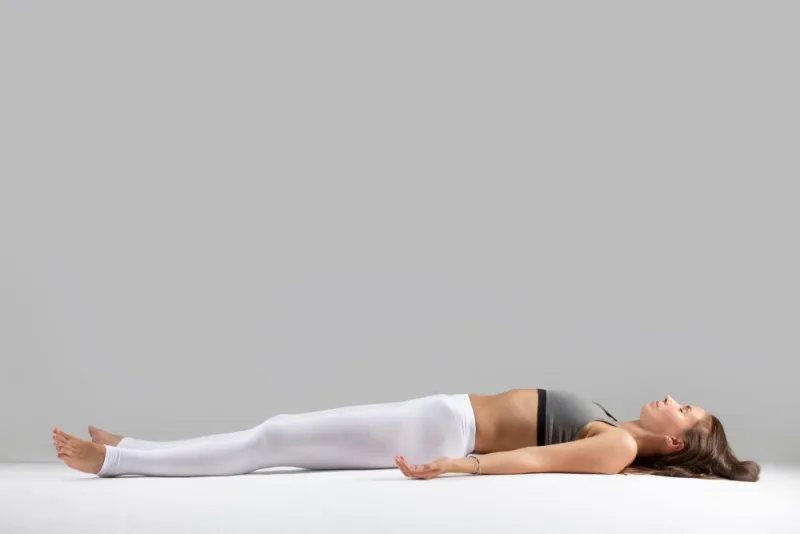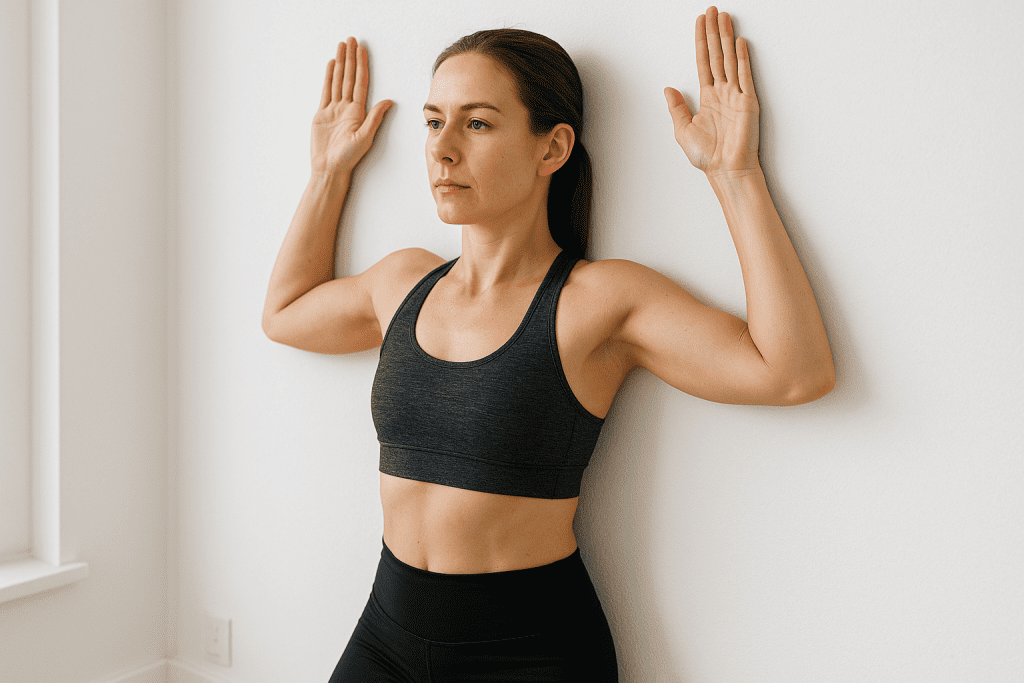Straighten your spine and improve your posture in just 5 minutes a day—no sweat, no equipment. Discover how a simple pillow can transform your back health and boost confidence from the comfort of your home.
Lying Down to Level Up
If the thought of jogging, yoga, or even stretching makes you want to take a nap, you’re not alone. Millions of people wish to have better posture without breaking a sweat. Here’s the unexpected hero in your lazy fitness journey: a pillow. That’s right—your regular, sleep-stained, squishy pillow. With just five minutes a day, this bedtime accessory can help straighten your spine, relieve tension, and even boost confidence.
Meet Your Secret Weapon: The Pillow
Most people use pillows solely for sleep. However, few realize that they can also serve as a powerful tool for maintaining spinal health. It’s soft yet supportive, readily available, and requires zero effort to use. It’s the laziest form of physical therapy you can do—right at home.
Understanding Your Spine’s Natural Curve
Your spine isn’t supposed to be straight like a broomstick. It has natural curves—especially in the lumbar (lower back) region—that absorb shock and distribute body weight effectively. When those curves flatten or become exaggerated due to poor habits, pain and dysfunction follow.
Maintaining this natural curve is crucial for long-term health. The Supine Lumbar Stretch achieves this by gently reinforcing proper alignment using gravity and, of course, a pillow.

How Poor Posture Sneaks into Our Lives
In today’s screen-addicted culture, we’re sitting more than ever—slouched over laptops, hunched over phones, and curled up on couches. Over time, these habits compress the spine, round the shoulders, and tilt the pelvis, causing a cascade of muscular imbalances and postural problems.
The Supine Lumbar Stretch Explained
This one move is your shortcut to spinal bliss. It’s simple, requires no equipment beyond a pillow, and can be done just about anywhere. Here’s how:
Step-by-Step Guide:
- Find a quiet, flat space, such as your bedroom floor or a firm mattress.
- Place the pillow under the arch of your lower back.
- Lie down gently on your back, aligning the pillow with your lumbar spine.
- Let your arms fall to your sides or stretch them overhead.
- Close your eyes and breathe slowly for 5 minutes. That’s it.
Prep Checklist:
- One fluffy (but not too thick) pillow
- Flat, quiet space
- Loose clothing
- 5 minutes of peace
Science-Backed Benefits of the Stretch
What seems like lazy lounging is a form of spinal therapy. Here’s what five minutes a day can do:
- Restore Natural Spine Alignment: Reintroduces the S-curve your spine loves.
- Reduce Back Pain: Eases pressure on discs and muscles.
- Improve Posture: Encourages upright sitting and standing.
- Increase Mobility: Relaxes tight back muscles for more flexibility.
- Sleep Better: Reduces muscular tension, promoting a better night’s rest.
Advanced Version: When You’re Feeling Brave
Once your 5-minute stretch becomes second nature, you can spice it up with a tiny upgrade:
- Gently pull both knees toward your chest.
- Hug them lightly while lying flat.
- Rock side to side slowly.
This movement massages the lower back and deepens the stretch—without even needing to get up.
How 5 Minutes Transforms Your Body
In a world obsessed with high-intensity everything, small, consistent actions often get overlooked. However, practicing these five minutes daily helps retrain your body to stay aligned. It reduces tightness, repositions your spine, and builds awareness—all while you lie there.
Mistakes to Avoid
Even something this simple can go wrong if you’re not careful:
- Using a pillow that’s too high or too firm
- Arching your back unnaturally
- Fidgeting or lifting your head/shoulders
- Doing it only once and expecting miracles
Consistency and relaxation are key.
Best Times to Do the Pillow Stretch
Morning: Helps “reset” your body before the day’s challenges.
Evening: Great for unwinding and reducing tension before sleep.
Choose a time that works best for you—and stick to it.
Real-Life Stories: From Slouch to Swagger
People who’ve tried this stretch report surprising results:
- “I couldn’t believe how such a small thing made such a big difference.”
- “My back used to hurt every morning. Now I wake up feeling great.”
- “My chiropractor noticed my posture was better—and I hadn’t even told him about the pillow.”
FAQs About the Pillow Stretch
1. Can I use any pillow?
Yes, but medium-firm pillows are generally the best. Avoid overly thick ones.
2. Is this safe for people with back conditions?
Generally, yes—but consult a doctor if you have chronic issues.
3. Can I fall asleep during the stretch?
Absolutely! That means you’re relaxed.
4. How soon can I expect to see results?
Many feel relief within a week. Posture improves with consistency.
5. Should I do other exercises too?
This is a great start, but pairing it with light stretching or walking helps even more.
6. Can children or seniors participate in this?
Yes! It’s low-impact and suitable for almost all age groups.
Pair It With These Lazy-Day Stretches
For maximum benefit, combine the pillow stretch with these easy moves:
- Cat-Cow on the Bed: Loosens up the spine
- Wall Angels: Improves shoulder posture
- Seated Neck Rolls: Relieves upper back tension

Can This Replace Traditional Exercise?
Not quite. While beneficial, it’s not a complete replacement for strength training or cardio. However, it’s an excellent complement—and a fantastic starting point for those doing nothing.
Sleep and Spine: How the Pillow Helps
Your sleep posture matters, too. Using a supportive pillow under your knees or lower back while sleeping can enhance alignment and prevent pain. You may even sleep more deeply and wake up feeling refreshed.
Conclusion: The Couch Potato’s Comeback
You don’t need to overhaul your life, join a gym, or break into a sweat to start feeling better. All it takes is five minutes, one pillow, and a commitment to lie down. That’s it.
So go ahead—set a timer, grab your fluffiest friend, and rescue your spine the lazy way. Your back (and your future self) will thank you.


